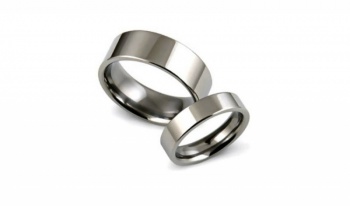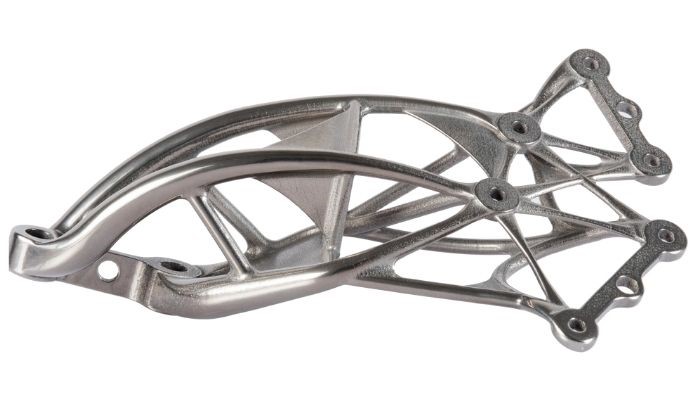
When it comes to driving new technologies forward, strategic partnerships between companies can be the key to success. In the world of additive manufacturing, we can also see the emergence of such collaborations with other industrial companies, or partnerships with manufacturers from the consumer goods sector. Most recently, Hiperbaric and Aenium, among others, entered into a partnership to jointly establish the HIP process. Another example is Carbon and Specialised who combined their expertise to produce new bicycle saddles. Now it has been announced that EOS and Hyperion Metals will work together to bring HAMR and GSD technologies to additive manufacturing. The two companies have already signed a Memorandum of Understanding for this venture and specified the goals of the technology partnership.
EOS is one of the world’s leading 3D printing manufacturers for industrial purposes and aims to offer responsible manufacturing solutions with its portfolio. Hyperion Metals is active in the raw materials sector and aims to become the leading developer of CO2-free, sustainable materials in the future. An argument that coincides with EOS’s own goals, as sustainability is one of the guiding principles of the German company. The goal of the partnership is to optimize titanium metal powders for additive manufacturing using the HAMR or GSD process. Compared to conventional titanium metal powders, the two companies aim to develop a carbon-free spherical titanium powder at a fraction of the cost, revolutionizing the existing market. Titanium powder is one of the materials used in metal 3D printing, a process that is becoming increasingly popular.
Titanium: a popular light metal
Titanium is one of the light metals and is therefore often used in the aerospace and automotive industries. Besides 3D printing, these two industries are among the most important for Hyperion Metals. The EOS product range also includes Ti64, Ti64ELI and TiCP titanium alloys. The two processes, which are intended to help revolutionize the existing range, are two technologies for which Hyperion Metals holds the exclusive license.
The HAMR technology for non-spherical titanium metal powders was developed at the University of Utah by Professor Zhigang Zak Fang. The project was supported at the time with funding from the Department of Energy, as well as Boeing and Arconic, and enables the production of non-spherical titanium powders that have superior properties compared to commercially available titanium sponge. The process is expected to require 50% less energy to produce the powder while being competitive with the Kroll process.

Liebherr trolley support made of Ti64, produced with an EOS machine (Image: Liebherr/EOS)
GSD technology (granulation sintering and deoxygenation) builds on HAMR and uses HAMR powder, Ti scrap or Ti sponge to produce spherical titanium metal powder. The spherical shape ensures optimum flowability of the material and can therefore be used as a printing material in additive manufacturing, among other applications. GSD is an innovative process with which Hyperion plans to start pilot production in Q3 2021. The aim is to develop a titanium alloy powder with a low oxygen content, controllable particle size distribution and excellent flowability.
Now it only remains to be seen how EOS and Hyperion Metals will leverage the synergies resulting from the partnership. Sascha Rudoloph, Commercial Director Metal Materials at EOS, says: “The HAMR and GSD technology has the potential to lower the entry barriers for titanium into existing markets with more conventional materials and to enable completely new mass market applications where a high strength-to-weight ratio is crucial – such as in electric vehicles.”


